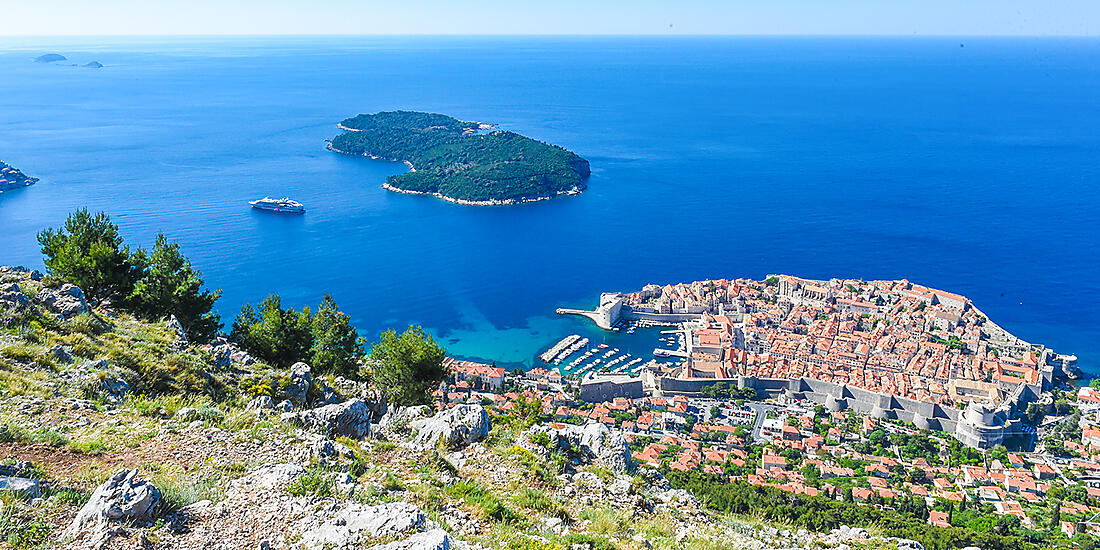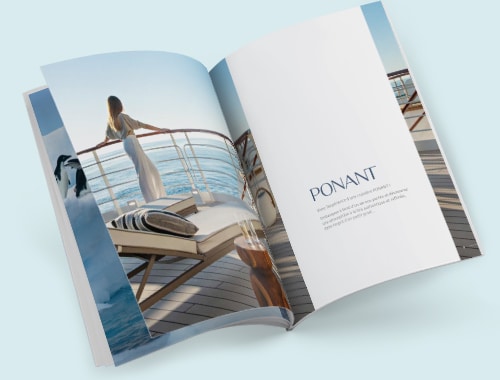raisons de découvrir la Méditerranée
Riche de son histoire et des cultures qui la bordent, la Méditerranée regroupe des sites uniques et témoigne d’un art de vivre incomparable. Une croisière en Méditerranée est l’occasion de se plonger au cœur de cette diversité des plus enrichissantes.
En savoir plus
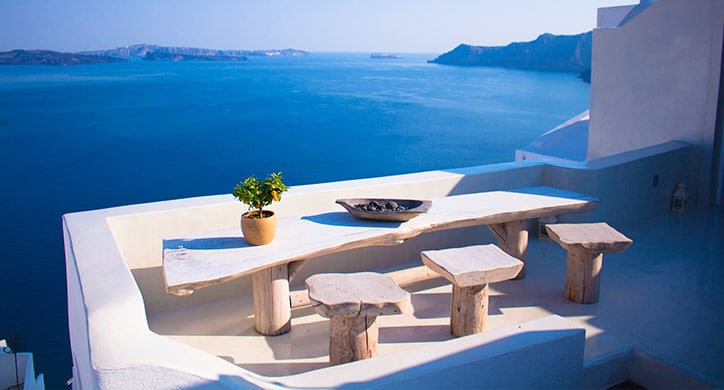
Les Incontournables d'une croisière en Méditerranée
Pas facile de privilégier certains sites plutôt que d’autres face au foisonnement que propose la Méditerranée. Voici quelques visites incontournables à faire en Méditerranée, afin d’alterner visites culturelles et moments de détente absolue.
En savoir plus
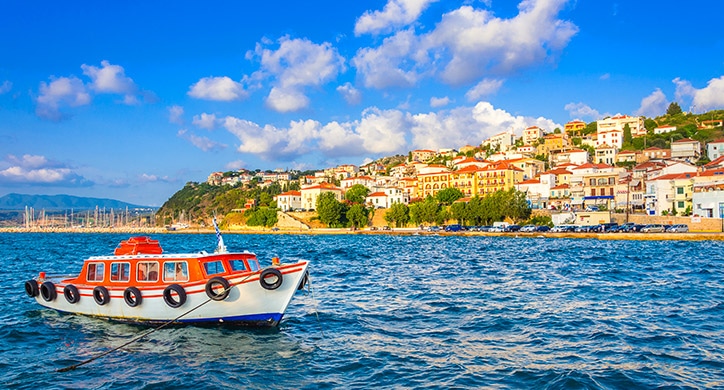
Explorez la Méditerranée
3 raisons de partir en croisière Méditerranée
Riche de son histoire et des cultures qui la bordent, la Méditerranée regroupe des sites uniques et témoigne d’un art de vivre incomparable. Une croisière en Méditerranée est l’occasion de se plonger au cœur de cette diversité des plus enrichissantes.
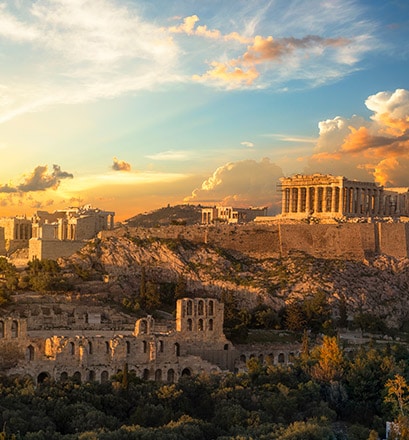
Pour son histoire et ses sites Unesco
Empires romain, grec, ottoman… Dès l’Antiquité, les Hommes ont tenté de dominer ce bassin méditerranéen et d’en contrôler les routes maritimes.
Aujourd’hui, les nombreux sites classés au patrimoine mondial de l’Unesco témoignent toujours de la richesse, tant économique que culturelle, et de la diversité des peuples du pourtour méditerranéen.
Partir en croisière en Méditerranée, c’est pouvoir admirer l’Acropole d’Athènes en Grèce, le théâtre d’Epidaure, l’île sacrée de Délos, l’ancienne cité de Nessebar, les ruines archéologiques de Delphes, la cité médiévale de Rhodes, les centres historiques de La Valette, de Dubrovnik, de Kotor ou de Syracuse, les vestiges de Pompéi, ou les fabuleuses cités de Rome ou Venise lors d'une croisière en Italie. Autant de joyaux préservés et de sites incontournables.
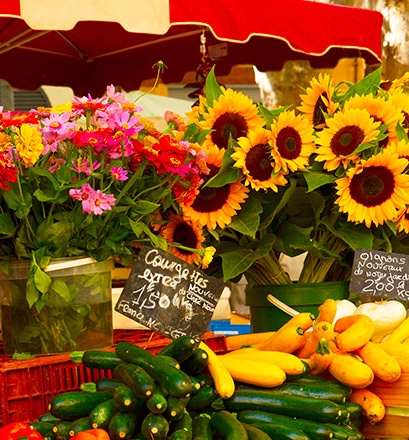
Pour sa douceur de vivre
Roches blanches calcaires, pins vert tendre accrochés à flanc de falaises, ciel bleu sans nuage… Il suffit d’un coup d’œil au voyageur avisé pour reconnaître les paysages typiques de Méditerranée.
Ces paysages qui se teintent de nuances multiples et se chargent d’odeurs diverses selon que l’on visite ses champs de lavande ou d’oliviers, que l’on parcourt ses rues bordées d’orangers, que l’on plonge dans ses eaux cristallines ou que l’on s’attarde sur un marché regorgeant de denrées gourmandes. Les fleurs embaument, les fruits et légumes cultivés localement enchantent, les miels témoignent de la diversité de la flore. Ici, les couleurs se cherchent sur les étals mais aussi sur les sourires et dans les accents. Le voyageur qui se laisse happer par la Méditerranée ralentit le pas, en prend le tempo, apprécie sa douceur de vivre, ses saveurs variées, les gens qui parlent avec les mains et les rayons de soleil qui caressent sa peau.
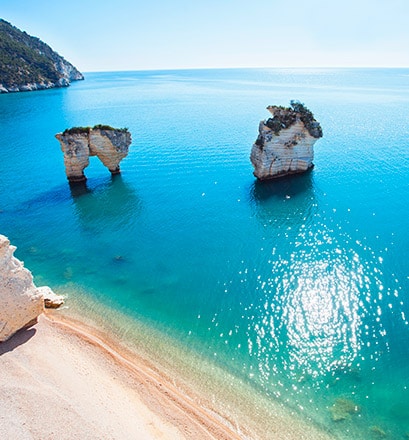
Pour sa position, au carrefour des civilisations
De la pointe ibérique aux côtes turques, la Méditerranée se situe à la croisée des continents. La Grande Bleue a permis aux hommes de tisser les liens entre Orient et Occident, de naviguer de rivages en rivages, à la découverte de nouveautés, d’échanger savoirs et marchandises.
La Méditerranée peut se targuer d’avoir engendré un métissage culturel hors norme. Petits ports à l’architecture byzantine, anciennes cités ottomanes, vestiges grecs et romains, palais hispano-mauresques… De la mer Noire à l’Adriatique, de la mer Egée au détroit de Gibraltar, les mélanges de genres s’apprécient d’autant plus qu’ils éclairent ce savoir-vivre si cher à ses habitants.
Les Incontournables d'une croisière en Méditerranée
Pas facile de privilégier certains sites plutôt que d’autres face au foisonnement que propose la Méditerranée. Voici quelques visites incontournables à faire lors d'une croisière Méditerranée, afin d’alterner visites culturelles et moments de détente absolue.
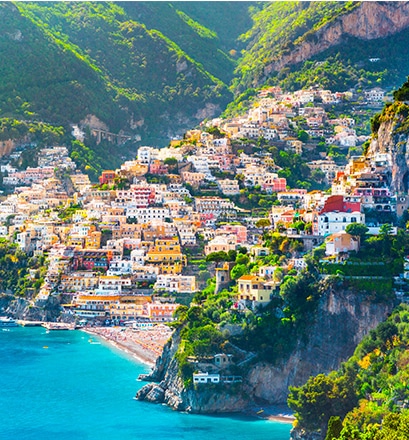
La côte amalfitaine
La côte amalfitaine, inscrite au patrimoine mondial de l’Unesco depuis 1997, est un véritable joyau de l’Italie. Ses villages pittoresques suspendus à flanc de collines, comme Amalfi, Ravello ou Positano, ses falaises verdoyantes et ses terrasses d’agrumes odorants l’ont rendue célèbre dans le monde entier.
La légende raconte que les dieux de l’Olympe, qui voulaient écouter le chant des sirènes, empruntaient le sentier qui surplombe la côte. De là, ils dominaient tout le golfe de Salerne, jusqu’au rocher de Capri et au minuscule archipel Li Galli d’où venaient les voix ensorcelantes.
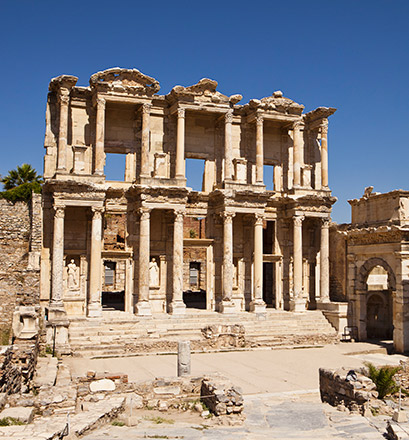
La Grèce antique
Navigateurs hors pair, explorateurs intrépides, bâtisseurs de génie, les Grecs de l’Antiquité ont essaimé les territoires de Méditerranée de monuments incroyables, dès le Ve siècle avant J.-C. Si l’Acropole d’Athènes en est certainement l’exemple le plus marquant, les joyaux du Péloponnèse, comme le théâtre d’Epidaure, rendent justice à ces architectes hors pairs. Majestueux, il est une merveille d’acoustique et d’harmonie. À plusieurs centaines de kilomètres de là, en Turquie, Éphèse, dédiée à la déesse Artémis, témoigne de la richesse de cette ancienne cité portuaire qui abrite le deuxième plus grand théâtre antique au monde après Épidaure. Il pouvait accueillir 24 000 spectateurs.
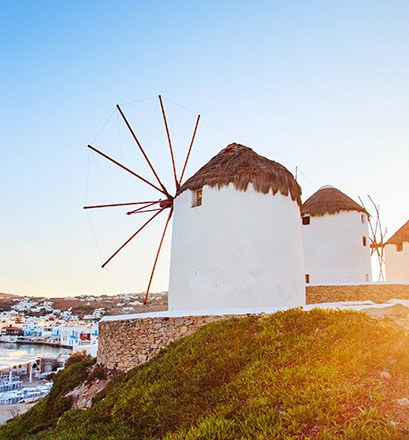
La Grèce paradisiaque
Qui n’a pas en tête ces images de maisons peintes à la chaux, ces villages immaculés rehaussés de touches de bleu roi surplombant l’horizon, ces hameaux de pêcheurs où le temps semble suspendu. Admirer un coucher de soleil sur la mer depuis les hauteurs de Santorin, profiter des plages aux eaux translucides de Mykonos, se perdre dans les ruelles de la petite île d’Hydra, interdite aux véhicules motorisés… Rien de tel qu’un tour dans les plus belles îles grecques pour déconnecter et s’offrir un pur moment de sérénité.
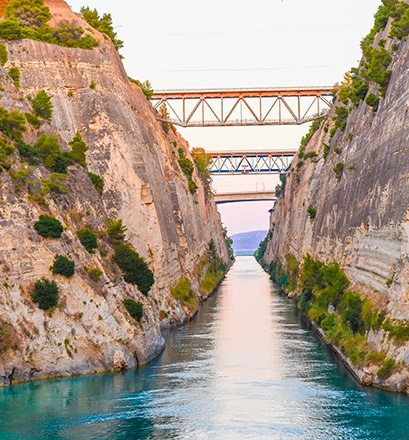
Traversée du canal de Corinthe
Le canal de Corinthe perce l’isthme éponyme, et fait donc du Péloponnèse une île, en séparant cette région de Grèce du continent. Inauguré en 1893, il mesure un peu plus de six kilomètres de long et permet aux navires de commerce et de tourisme de moins de huit mètres de tirant d’eau d’éviter un long détour de 400 kilomètres autour de la péninsule. Les deux côtés du canal atteignent une hauteur d’une cinquantaine de mètres. Suivre la marche du navire sur ce mince filet d’eau enchâssé entre de hautes falaises ocre depuis les ponts extérieurs est un spectacle inédit à ne pas manquer.
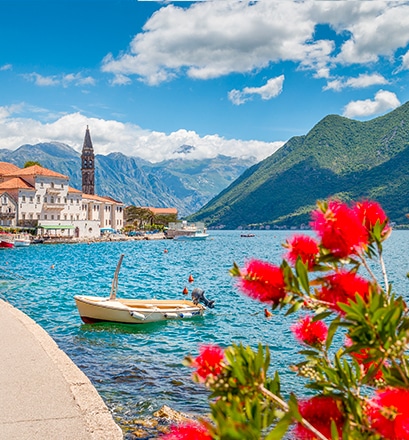
La côte dalmate
Laissez-vous bercer par la douceur de vivre de la petite ville balnéaire de Hvar, visitez Dubrovnik, la « perle de l’Adriatique » lovée dans ses remparts ou la ville fortifiée de Split. À la visite de ces centres historiques, s’ajoute le plaisir de se baigner dans des eaux claires. Au Monténégro, les bouches de Kotor déroulent leurs paysages fascinants, où les collines boisées dominent une succession de baies propices à la baignade et de villages authentiques.
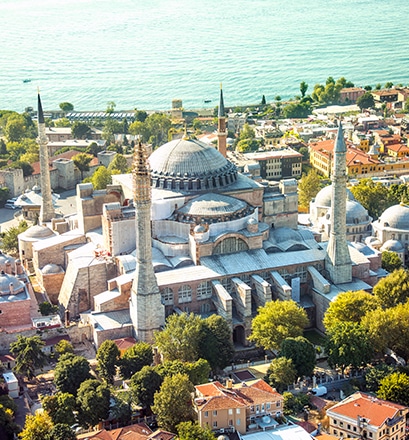
Istanbul
Succombez au charme envoûtant d’Istanbul, l’ancienne Byzance ou Constantinople. À la fois grecque, romaine et ottomane, cette ville magique brasse et magnifie comme aucune autre toutes les influences qui l’ont façonnée. Le palais de Topkapi, la Mosquée bleue, la basilique Sainte-Sophie ne sont que quelques-uns des magnifiques monuments d’Istanbul, sans oublier le Grand Bazar et ses multiples échoppes. Une escale fascinante, une découverte inoubliable du Bosphore et de ses palais de bois sculpté.
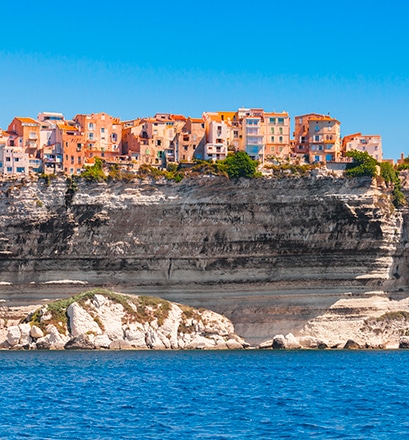
Bonifacio
Perchée sur ses falaises à la ointe sud de la Corse, Bonifacio fait partie de ces citadelles méditerranéennes tournées vers le large. Port incontournable, Bonifacio a toujours bénéficié d’une place de choix dans les échanges commerciaux avec le reste de la Méditerranée. Point stratégique entre l’Italie et la France, la ville a longtemps été convoitée : les Empires de Pise et de Gênes en revendiquaient la territorialité. Aujourd’hui, la ville la plus méridionale de la France métropolitaine, trône fièrement au milieu de paysages idylliques. Criques secrètes, port plaisant et balades dans la nature environnante en font une étape incontournable de croisières de luxe en Méditerranée.
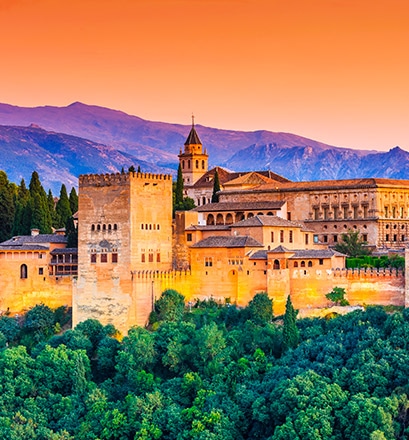
L’Alhambra
Si les croisiéristes qui passent par Malaga poussent le voyage jusque dans l’intérieur des terres, ce n’est pas pour rien ! À quelque 120 km de là, la superbe ville de Grenade abrite le non moins époustouflant palais de l’Alhambra. Bâti dès 1238 par Mohammed ben Nazar, il témoigne de la présence musulmane en Espagne du VIIIe au XVe siècle. Laissez-vous porter de pièces en pièces jusqu’au cœur des Palais nasrides et la célèbre cour des Lions. Ces trésors architecturaux faits de stuc, d’arabesques et de colonnes émerveillent. Les Jardins du Partal avec la tour des Dames et son bassin sont exquis. Victor Hugo écrivait d’ailleurs à propos de ces lieux empreints de magie : « L'Alhambra ! L'Alhambra ! Palais que les génies ont doré comme un rêve et rempli d'harmonies » (Orientales, 1828).









